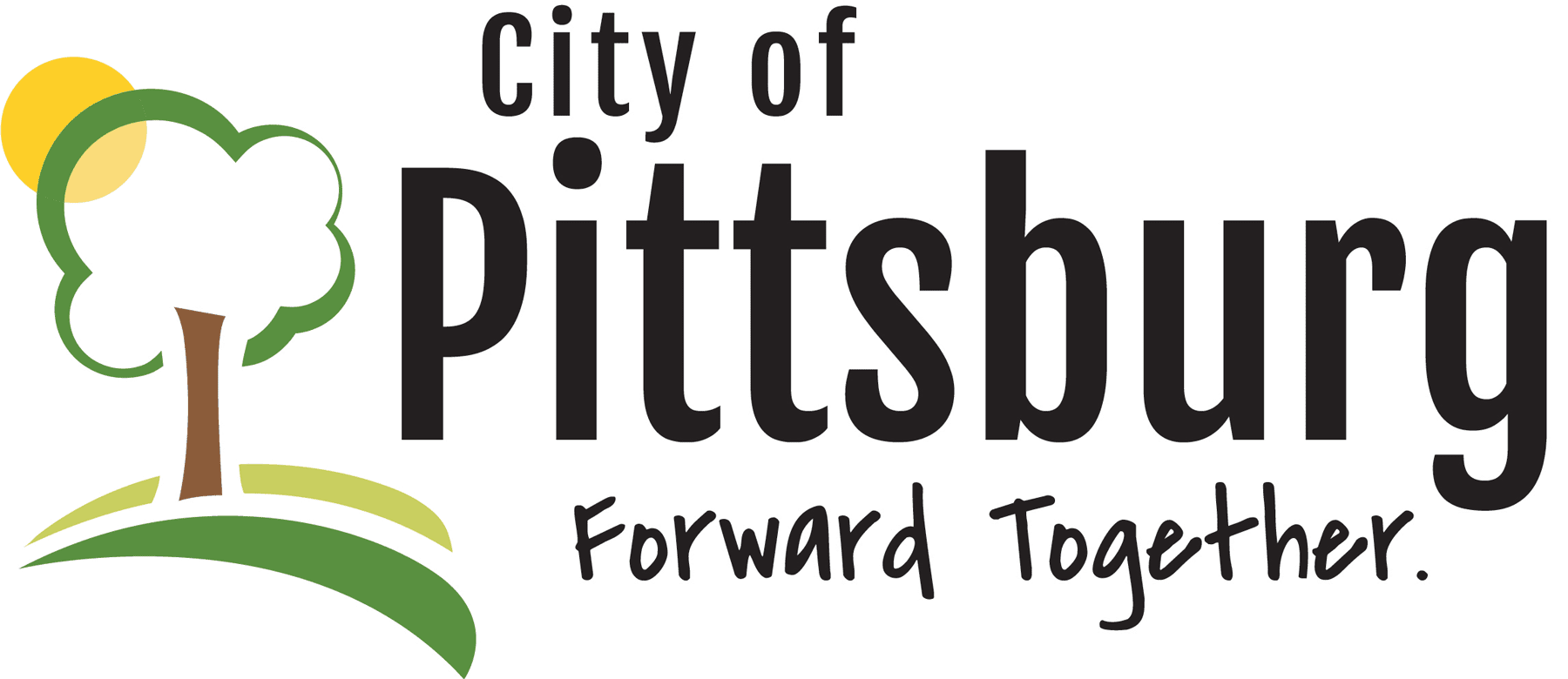Wastewater Collection
Wastewater Collection Division Responsibilities
The Wastewater Collection Division is responsible for maintaining the sanitary sewer collection system that collects and delivers wastewater to the Wastewater Treatment Plant for treatment. The collection system infrastructure includes 140 miles of gravity and forced sewer mains, 2500 manholes and 8 lift stations. The sewer lines are constructed of vitrified clay pipe, PVC truss pipe and SDR pipe. The pipes range in size from 6 inches to 32 inches in diameter.
Maintenance Program
The purpose of the maintenance program is to provide scheduled cleaning maintenance and inspection of the sanitary sewer collection system. This program consists of cleaning/flushing, root removal, TV inspection, sewer line repairs, and I/I removal and reduction.
- Cleaning of the pipelines to prevent stoppages from occurring. A stoppage occurs when the pipe becomes clogged, and wastewater can no longer flow and starts to backup within the pipe. This back up of wastewater could lead to basement backups and wastewater discharges from the manholes. Stoppages are caused by a variety of factors:
- debris;
- fat, oil and grease (FOGs);
- tree roots; and
- paper products.
To help prevent stoppages, the City uses a “jet vac truck” to provide maintenance cleaning of the sanitary sewer system.
- Root Removal involves the removal of tree roots from sanitary sewers. Tree roots can damage sewers and catch debris causing sewers to clog. There are two ways to control the growth of roots within the collection system: mechanical cutting or herbicide application. Neither of these methods cause damage to the trees nor do they interfere with the wastewater treatment process.
- TV Inspection is one of the critical components of the preventative maintenance program. It involves internal inspection of the sanitary sewers using a TV camera. The camera can view service connections and any defects found, which are then recorded and put into an asset management system. New sanitary sewers are also inspected to make sure they were installed per plan and City specifications.
- Sewer Line Repairs
Sewer line repairs are grouped together; bid out or performed by contractors. Pipeline repairs and rehabilitation consist of:- Point Repairs – When less than a 5’ section of pipeline needs to be replaced.
- Pipe Line Replacement – When a greater than 5’ section needs replaced; has a low spot in the line; or when the line needs to be moved to an alternate location. This type of repair uses an open trench excavation method of construction.
- Pipe Bursting – When the entire line needs replaced, but the location and grade are still good. This method displaces the old pipe with a new pipe and requires only minor excavations.
- Cured In Place Pipe Lining – This method inserts a new pipe lining into the old pipe to increase structural strength and seal up any cracks and holes.
- Spot Lining – This method inserts a new lining into an old pipe, but only covers a 2-4’ section.
- I/I Removal and Reduction
Infiltration/inflow (I/I) is extraneous water that enters the sanitary sewer system. Inflow of water that is intentionally and illegally put into the collection system by sump pump connections, roof drains or foundation drains. Infiltration is water that enters through cracks or leaky joints. An important ongoing task is to locate and remove these sources of I/I. Excessive I/I can overload the sewer system, cause basement flooding and overload the sewage treatment facilities. The City performs smoke testing, flow monitoring and manhole inspections to identify sources of stormwater I/I in the City sewer system and is working on developing additional programs to mitigate I/I sources.
Contact Information
Public Works
1506 N. Walnut St.
Pittsburg, KS 66762
Phone:
(620) 240-5126
Fax: (620) 240-5157
Hours of Operation:
Monday - Friday
8:00 a.m. - 5:00 p.m.
To start or stop utility services, please call Customer Service at (620) 231-4100.
To reach the Public Works & Utilities Department, please call (620) 240-5126.
To report a water leak, please call the Water Treatment Plant at (620) 230-5630.





